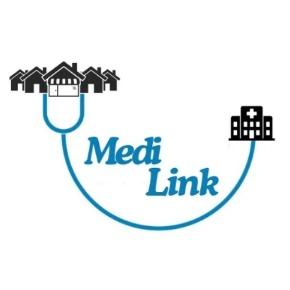MediLink
one stop solution providing AI-driven Healthcare for Remote Clinics
Created on 27th July 2024
•
MediLink
one stop solution providing AI-driven Healthcare for Remote Clinics
The problem MediLink solves
Limited access to medical expertise and resources: Rural areas often lack sufficient numbers of doctors and specialists, leading to gaps in healthcare delivery.
High cost of medications: Branded medications are often expensive and unaffordable for many rural residents, who may not be aware of cheaper, equally effective generic alternatives.
Long travel distances to healthcare facilities: Many rural residents live far from the nearest hospital or clinic, making travel expensive and time-consuming, and discouraging them from seeking medical help.
Delays in diagnosis and treatment: Without immediate access to professional healthcare, initial symptoms are often ignored or misdiagnosed.
Challenges we ran into
During the development and integration of the Medilink model using the LLaMA 3.1 architecture, we encountered several significant challenges. These obstacles stemmed from the architectural and size requirements of LLaMA, handling large files, running on CPUs, and the need for more powerful hardware.
